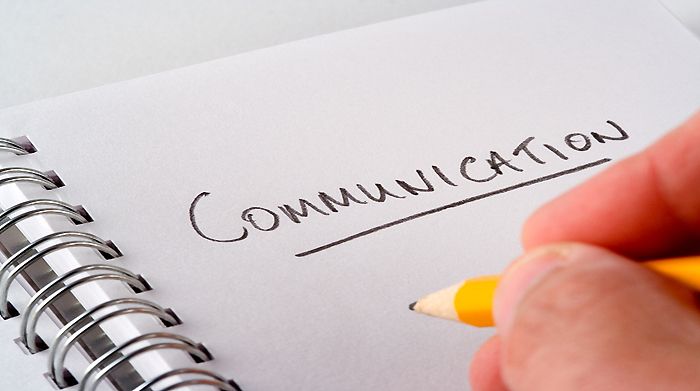The Communication Conundrum

Pardon the generalization, but communication is everything. Good communication can make or break a business, relationship, career, reputation, and pretty much anything else you can imagine. Communication is especially critical when it comes to managing customer expectations during major outages. But with that comes the dreaded communication conundrum.
Emergencies produce all kinds of opportunities for communications snafus, because we have to deal with so many different “audiences,” each with its own set of needs and expectations. To be effective, messages must be tailored to each audience, transmitted via each receiver’s preferred medium, effectively received and, finally, understood. And it’s all much easier said than done.
The good news is that these days there is an incredible variety of ways to communicate, including social media, text messages, email, apps, outage websites, customer service reps, IVR (interactive voice response), newspaper articles, press releases, television, radio, statement messages, and more. The problem lies in trying to prioritize the options. There’s just not enough time in the day to effectively manage all possible communication channels during an emergency situation, so utilities are forced to pick and choose. This is what I call the communication conundrum.
Choosing the Channels
Utilities should pursue as many communication channels as they can manage effectively and efficiently, and as we put our restoration communications plans together, here are a few of the key values that should guide the process:
- Reach: Plan to cover all the stakeholder audiences well: employees, their families, customers, businesses big and small, investors, regulators, government officials, the news media. Leave no stone unturned. Uninformed stakeholders are opponents waiting to happen.
- Speed: Timeliness is next to “truthiness.” Let’s not get scooped by our customers, our employees, our employee’s families, or the news media. Remember, with camera phones and social media, anybody could be a “Citizen Reporter.”
- Feedback: Communication is a two-way street. We have to monitor what’s being said in the news media, the local blogs, and our customer care lines and respond appropriately. And after the event is over, feedback becomes fodder for performance improvement.
For the purpose of this article, we’ll focus on online channels because they are one way to reach a lot of people very quickly with rapid and timely updates. This includes social media and websites, which, importantly, many customers will be able to access via their mobile device even when the power is out.
In terms of social media, if we use “share of visits” as a proxy for market share, Facebook is by far the most popular platform (59%), followed by YouTube (19%), Google Plus (2.7%), and Twitter (2.6%). So Facebook is clearly one of the top social media priorities. Twitter is another good option, because even though its market share is far lower than Facebook, communicating doesn’t get much easier than sending a tweet.
Of course, the effectiveness of any social media communication strategy is predicated on the amount of advance effort made to build the audience within each social media account (i.e., Facebook likes, Twitter followers, etc.). So make building your social media audience a top organizational priority!
The company website is also a wide-reaching communication channel that a large percentage of customers will look to first for updates. Not only is the website a powerful utility communication channel by itself, but it can also be used to encourage customers to sign up for other communication tactics. For example, the website could offer an app for customers to download to receive real-time updates, or it could encourage customers to sign up to receive alerts via text message or email. It can also be used to build social media followers. These are great ways to build audiences for future communications.
Solving the Communication Conundrum
It’s important to know in advance of an emergency, precisely how and when information will be communicated, and my hope is that the guidance provided above will get the juices flowing in terms of prioritizing your storm or restoration related communication efforts. Just remember that no matter how you prioritize, the specifics must be memorialized in a formal communication plan. Then and only then will you be able to solve the dreaded communication conundrum!
For further reading on the importance of restoration communications, check out the NERC 2014 Long Term Reliability Assessment. Enjoy!

